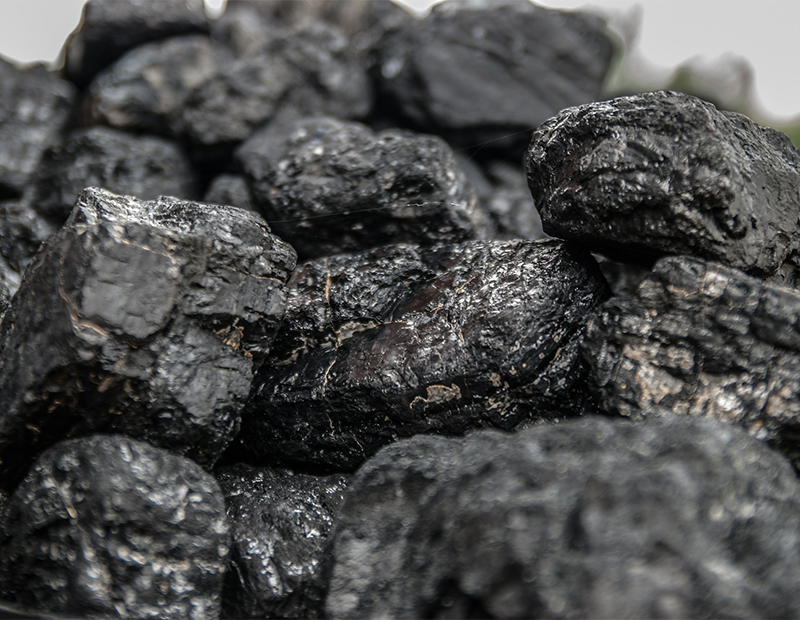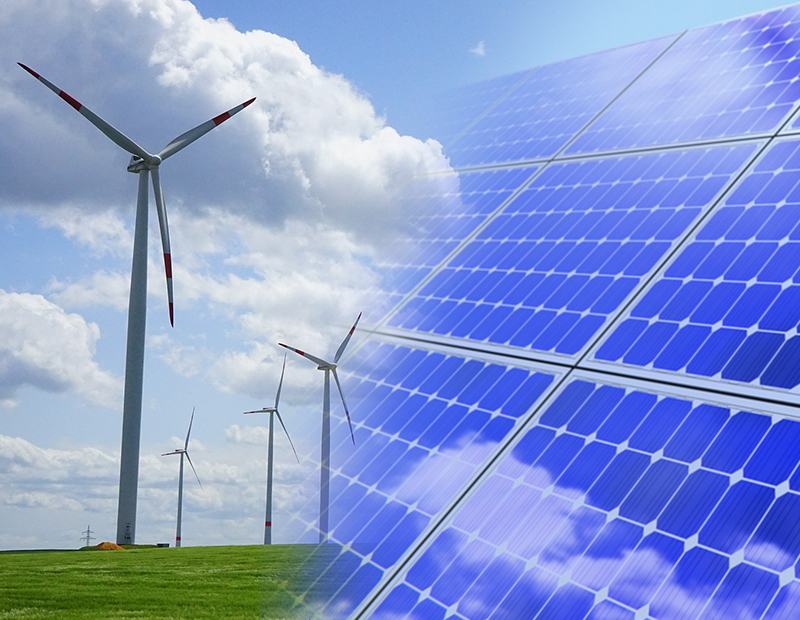IEA’s World Energy Outlook 2019
In its latest report, the International Energy Agency tackles the challenge of meeting climate goals while maintaining energy reliability and access.
The International Energy Agency has released the World Energy Outlook 2019, which analyzes worldwide energy trends in an effort to help governments assess the possible consequences of existing energy policies.
The agency also advises governments on energy policy and has included another scenario called ‘The Sustainable Development Scenario,’ which aims to illustrate how the global balance of renewable energy and fossil fuel would need to shift to be in tune with the goals of the Paris accord, cut air pollution and expand access to electricity to those 850 million people who currently don’t have it.
READ ALSO: The Paris Agreement Inspires Amazon’s Climate Pledge
The report’s authors used the same three possible scenarios for the next decades: What will happen if governments continue their existing energy policies; if they strictly adhere to commitments made at the Paris Agreement to keep global warming under the 2-degree Celsius increase from pre-industrial levels; or if they greatly increase those commitments, limiting global warming to 1.5 degree Celsius above the levels of pre-industrial times. Either way, if things are not quickly corrected, we could expect a rise between 2.7 and 3 degrees Celsius.
Coal
On a global level, coal production is doing well, maintaining a steady flat rate. In advanced economies, it is slowly retiring, the balance being kept by some regions in Asia and Africa. Countries like Germany shut down several coal mines last year and plan to end use completely by 2038. But in countries where electricity is spotty or non-existent, coal is still vital. The report shows that coal production rose from 3,255 million metric tons in 2000 to 5,566 million metric tons last year.
Despite President Trump’s withdrawal from the Paris Agreement, U.S. coal production plummeted from 824 million metric tons to 576 million metric tons over the same period. Moreover, the report’s analysts state that by 2040 American’s demand for coal will drop to just 9 percent of all energy (down from 14 percent in 2018). An increasing number of American companies have committed to drastic carbon-emission rollbacks, regardless of the official policy. Among them are Apple, Amazon, Microsoft, and Google.
The IEA report estimates that by 2040, Americans will get about one-quarter of their total energy from hydropower, bioenergy and renewables like solar and wind power. The power mix in the U.S. has changed drastically over the past few years and significant investments are made into innovative approaches.
Oil
Not only is oil the greatest source of carbon, but it is also the world’s favorite, and will continue to be heavily used in the decades to come. Despite all the attention given in recent years to carbon emissions, last year’s global emissions hit a record high.
One major reason for such elevated emissions is people’s increasing preference for SUVs, not just in the U.S. but across the globe. SUVs accounted for 42 percent of all car sales last year, up from 18 percent in 2010. The study shows that SUVs were the second-largest source of carbon emissions after the aircraft industry last year.
Another reason for oil’s performance is the U.S. shale revolution. Its expansion has driven down the price of oil and turned the U.S. into the biggest producer of oil and gas. Oil demand is expected to flatten in the 2030s.
Nuclear, hydro and renewable energy
Nuclear is expected to remain flat, retiring in advanced economies. China is expected to continue to invest in nuclear energy and will overtake the U.S. in installed capacity by early 2030.
Hydropower is also on an upward trend. China is currently working on the second-largest plant in the world—the Baihetan hydropower project is a 16-gigawatt hydroelectric facility underway on the Jinsha River in southwest China. The development is slated for commissioning in 2022 and is expected to generate 60 billion kilowatt-hours of electricity while offsetting 52 million metric tons of carbon dioxide emissions per year.
Wind power generation, both onshore and offshore, has seen a huge advancement, especially in Europe, followed by China. The U.S. is also expanding investments in the wind industry, currently totaling some 100 gigawatts of wind farms in operation across the country.
The biggest growth was registered by the solar photovoltaic industry: It already surpassed nuclear in installed capacity in 2018 and will overtake wind, hydro, coal and gas to become the largest on the planet in installed capacity.
Transforming global energy systems is a complex process. In addition to the technologies and fuels used to power the world, strong leadership from policymakers is needed. The IEA report features three main themes for government officials: energy security, legacy and scale and speed of transition.
Energy security
This first issue refers to the uninterrupted availability of energy resources at an affordable price. With the world’s energy mix reshuffling its components, which means that it relies more and more on wind and solar, which are variable sources, special attention needs to be given to energy sources.
So far, the system handles well the required oscillations, yet by 2040, the report shows the system will have to withstand oscillations that are twice as large as those we have today. As is, the designs of the current market may not bring sufficient investment to deliver it—this including not just power plants, but also networks, demand-side response and energy storage. India, in particular, will have a larger gap to fill, as the authors estimate it will have to deal with oscillations that are four times as large as those today to ensure energy supply security.
Legacy
The current coal-fired capacity—existing and under construction—is at 2,250 gigawatts and this capacity emits about 10 gigatons of carbon dioxide. This is the legacy, the emissions that are “locked-in” to existing systems consisting of power plants, factories, cargo ships and other capital-intensive infrastructure already in use. Despite the rapid diversification of the power sector, there is no decline in annual power-related carbon dioxide emissions and that is attributed to the longevity of the existing stock of coal-fired power plants that account for some 30 percent of all energy-related emissions today.
Measures considered to bring down emissions from the existing stock of plants include retrofitting them with carbon capture (happening in the U.S., Canada and the U.K.), utilization and storage or biomass co-firing equipment; repurposing them to focus on providing system adequacy and flexibility while reducing operations (India is seriously looking into this); retiring them early—Germany has announced full closure by 2038.
Scale and speed of transition
With energy demand increasing by 1 percent per year to 2040 and emissions growing at an average of 1 percent per year, the report notes that strict policies need to be enacted, as, without regulation, the trend will continue to 2050. Solar photovoltaic and some other renewable technologies in the power sector have the potential to turn initial policy and financial support into large-scale development that goes beyond the electricity sector. Moreover, this transformation of the energy system doesn’t limit to only renewable technologies but includes efficiency, CCUS (carbon capture, utilization and storage), hydrogen, nuclear and others.










You must be logged in to post a comment.